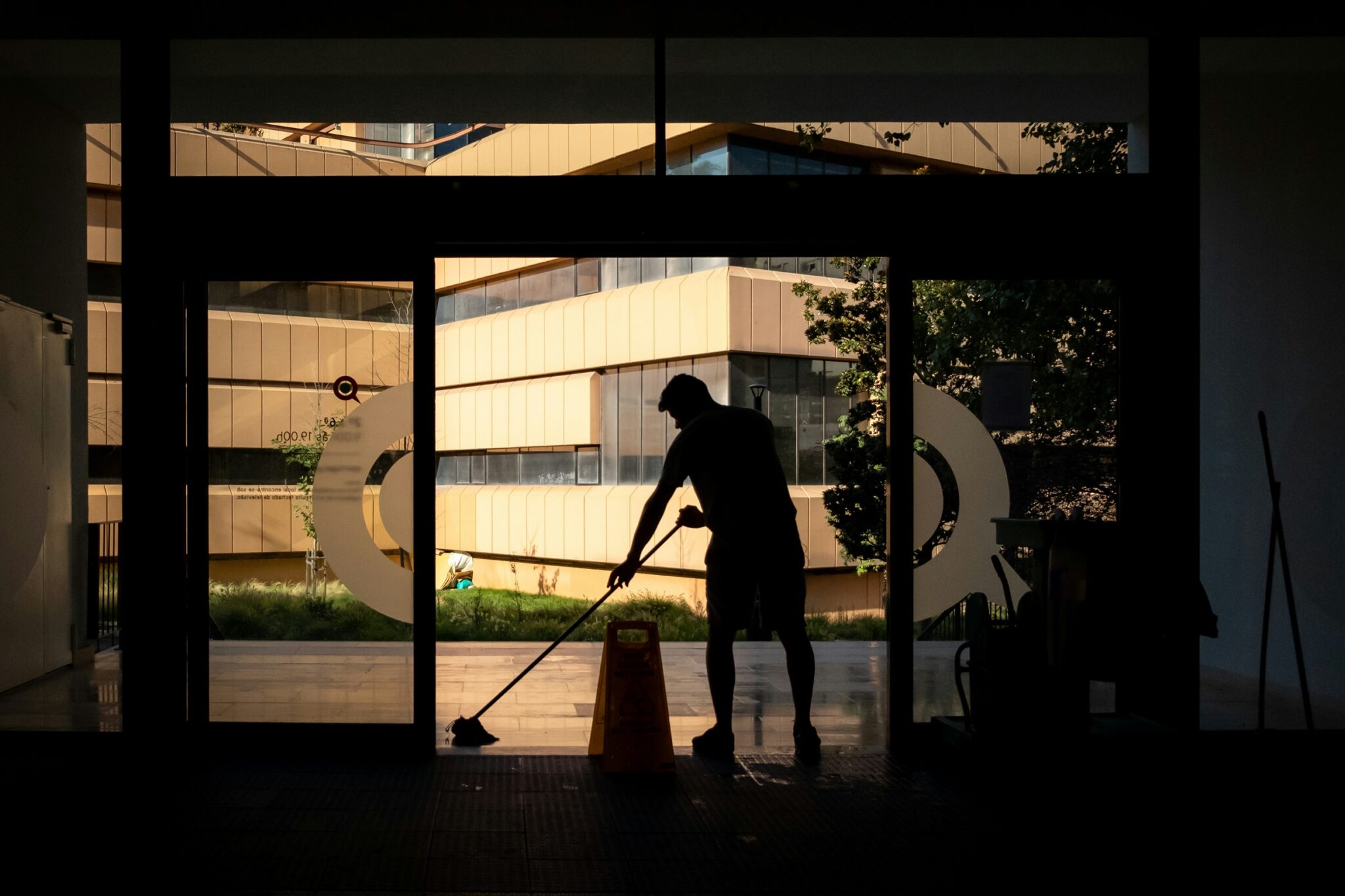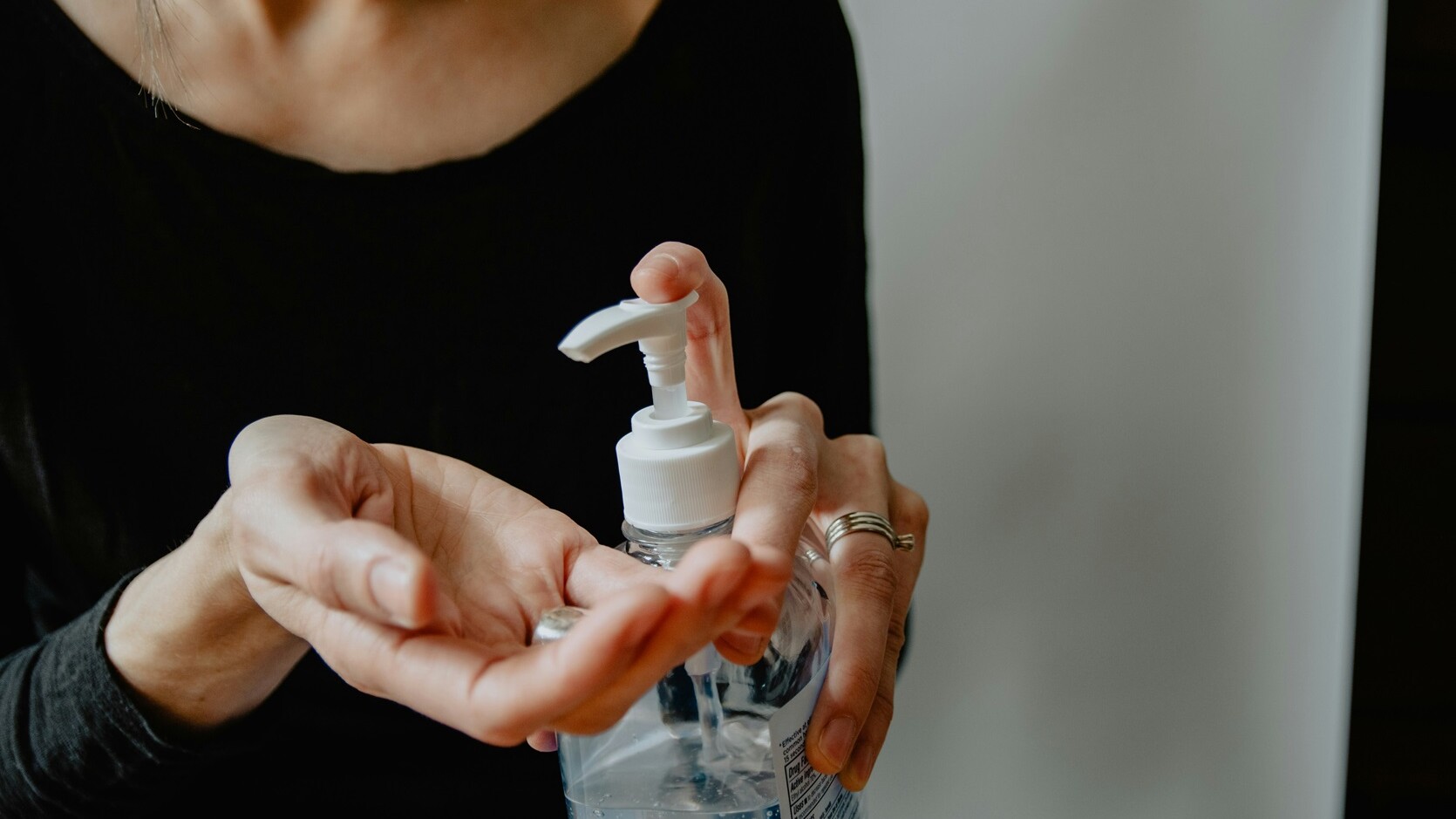
Easy to clean and disinfect – how SONTE film helps fight bacteria and viruses in hospitals
In the face of ongoing challenges related to maintaining hygiene in medical spaces such as hospitals and clinics, ensuring a high level of cleanliness has become an integral part of the daily work of medical staff. In a world where cleanliness is synonymous with patient safety, finding effective methods to limit the spread of pathogens and protect the health of those using these spaces becomes crucial. In this context, innovative technological solutions are playing an increasingly important role, introducing new possibilities in maintaining hygiene.
Smart glass – The guardian of cleanliness
SONTE film, also known as ‘smart glass’, is one of those innovative solutions gaining significance in the medical world. It not only brings a modern design element to interiors but, more importantly, serves as an effective tool in achieving ideal cleanliness. Thanks to its unique properties that facilitate cleaning and disinfection, SONTE film represents a new era in the design of medical environments, where every detail matters for ensuring safety and comfort. In the remainder of this article, we will explore how SONTE film contributes to improving sanitary conditions and becomes an essential element of modern medical offices and hospitals.
The simplicity of maintaining SONTE film
One of the key challenges in hospitals and medical offices is maintaining the highest level of hygiene, especially on surfaces that are frequently touched or exposed to contaminants. SONTE film offers an ideal solution, merging modern technology with exceptional ease of maintenance. The film’s innovative structure allows for quick and effective cleaning using a simple microfiber wet cloth and standard window cleaning solution. This ease of maintenance not only saves staff time but also significantly reduces the risk of spreading bacteria and viruses, which is crucial in medical environments.
It’s worthwhile to compare SONTE film with traditional solutions such as blinds and shades. While blinds and shades have been a popular choice for light regulation in rooms for years, their maintenance in terms of cleanliness poses a significant challenge, especially in an environment where sterility is a priority. Dust and other contaminants accumulate on their surfaces, requiring regular and time-consuming cleaning. Additionally, the structure of blinds and shades makes the thorough removal of all microorganisms more difficult, which can lead to an increased risk of cross-infections.
SONTE film offers a simple and hygienic alternative to traditional blinds and shades. Its smooth surface allows for easy cleaning with just a microfiber cloth, making it ideal for medical environments where cleanliness is paramount.

Protection against UV and IR radiation
SONTE film provides protection against UV and IR radiation, which is particularly important in medical environments. Patients who need to avoid direct sunlight post-procedures, or are especially sensitive to UV radiation, will find a safe haven in rooms equipped with this film. It reduces the risk of harmful effects of radiation on the skin and eyes, while maintaining comfortable lighting conditions. This property of SONTE film is invaluable in places where protection from light and its control are essential for the health and well-being of patients.
Resistance of SONTE film to moisture and environmental conditions
SONTE film is designed to withstand a variety of environmental conditions, including moisture, which is crucial in medical environments where cleanliness and hygiene are key. Its exceptional resistance to moisture ensures that the film retains its properties and aesthetics even in high humidity areas like bathrooms or sanitary facilities. This is particularly important in hospitals and medical offices, where the durability of materials and ease of maintenance are required.
Application of SONTE film in medical environments
SONTE film finds its application in various medical spaces, from operating rooms and patient wards to laboratories. In operating rooms, where light control and privacy are essential, the film offers ease of light regulation and ensures protection from unwanted glances. In patient rooms, where comfort and sanitary conditions are a priority, SONTE film helps create a friendly environment while providing ease of cleaning and disinfection. In laboratories, where light control is important for conducting precise tests and research, the film provides suitable working conditions while also protecting the rooms from excessive heating.
SONTE film as the key to modern medical environments
Looking to the future, the advancement of technologies like SONTE film has the potential to further transform the medical industry. Investments in innovative solutions that enhance hygiene, comfort, and efficiency in medical settings are crucial for the continued development of this field. SONTE film, as an example of how technology can support health and well-being, points in the direction where we can expect further innovations benefiting both healthcare professionals and their patients.
In times when adaptation to changing needs and challenges becomes essential, SONTE film emerges as a solution ready to meet these demands, showcasing how technology can shape the future of healthcare.
Curious about how liquid crystal film works exactly? Check out our animation!
See more
Innovative house
Energy-efficient house vs. passive house: differences and possibilities for modern technology use
Discover the differences between passive and energy-efficient houses and learn how liquid crystal film enhances efficiency while supporting sustainable development.
Innovative house
Battle of the titans – blinds or smart film? The ultimate test
Discover why the innovative SONTE window film outperforms traditional blinds in light control and privacy. Learn more about its unique features such as adjustable transparency, color variety and ease of use that make it the perfect choice for modern spaces.
Innovative house
What about curtains in a smart home?
When seeking an alternative to curtains for your windows, consider smart film. It offers privacy solutions with ease.